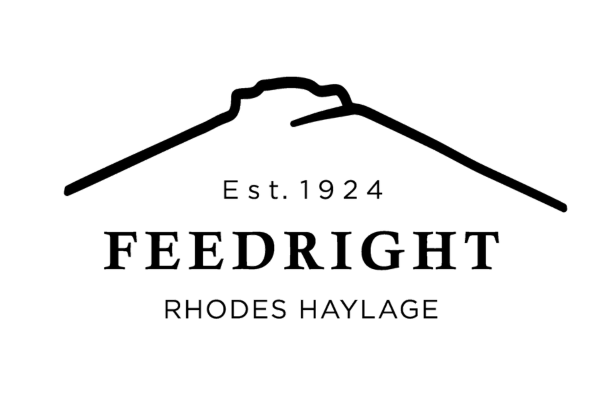So you’ve introduced haylage to your horse’s diet, with FeedRight Haylage being a fermented product we need to be aware of certain microbial elements at work and how to take care of them.
Simply put, haylage is partially-fermented hay. Haylage has a higher moisture content usually between 40%-60%. This moist environment is important because it supports the development of nutrients and good bacteria.
Upon opening your FeedRight Haylage, it should have a sweet/light vinegary aroma to it. Our Rhodes Grass haylage will be a dark emerald colour if the moisture is high, and a lighter colour if the moisture is low. Both are safe for your horse to feed on.
While haylage offers several benefits, it is also more perishable once opened and requires careful management to prevent spoilage. Ideally, to prevent any kind of mould or spoilage, you should store haylage in a cool, dry, and well-ventilated area. Fortunately, FeedRight is wrapped in plastic so you can store it near where you feed your horses.
There’s white splotches on my haylage, what is this?
These white blotches are a natural byproduct of the fermentation process, and is safe to feed your horse. If your haylage still smells good, it has not gone off. If any doubts, reach out to us and we can clarify.
What should I do if I find black spots on haylage?
This section of the haylage has spoiled, potentially where plastic has been pierced or opened and not stored correctly. Simply remove the affected part of the bale. If the rest of the bale still smells good, it is good.
What does haylage smell like if it’s gone off?
If you smell a putrid or rancid smell from the haylage then this is of concern. Putrid smells indicate the presence of butyric acid from Clostridium bacteria and horses should not eat this haylage. In this situation there will be insufficient lactic acid produced to preserve, pickle and ferment the haylage.
Yeasty or alcoholic smells indicate the presence of yeast growth. This smell means there’s probably too much yeast growth and fermentation will have suffered.
If your haylage overwhelmingly smells like vinegar this shows an excess of acetic acid. A result of a different type of fermentation when there was a lack of lactic acid producing bacteria. Horses are usually reluctant to eat it if it smells like this.
If you have any concerns at all about your FeedRight Haylage, give us a call or send us an email with photos so we can help analyse any issues.
We take extra care to protect your FeedRight Haylage from the moment it’s been packaged to the moment you feed it to your horses. The benefits your horse can experience from haylage are amazing.

